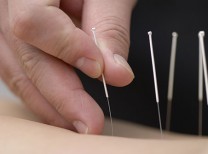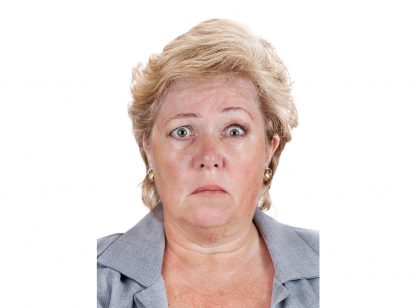The foundational belief of Traditional Chinese Medicine (TMC) relies on a system of pathways called meridians that transport QI, or energy, throughout the body and upon which acupuncture points are located. This system and the paths it follows were first delineated around 2,500 BCE, and are still referred to, largely unchanged, today.
However, Western science has never been able to find or confirm the existence of these channels, which has naturally led to skepticism that TCM is as much superstition as science, and thus to be discounted by modern medicine, regardless of all the empirical and clinical evidence of its effectiveness.
That is, until now. Modern research and modern scientific techniques such as electron spectroscopy and CT scans have now actually identified and mapped physical structures that closely correspond to the traditional meridians. In the 1960s a Korean named Kim Bonghan published papers describing them. Although his discoveries were confirmed by the Japanese researchers in 1967, his work was discounted by other scientists because he never revealed his formula for the staining dye that revealed these structures, thus preventing replication of his findings. Now, over 40 years later, Kim’s discoveries have been confirmed by a variety of studies with rats, rabbits and pigs. Stereo-microscopic photographs and images from transmission of electron microscopy show assemblies of tubular structures nearly exactly where they were first postulated to be 5,000 years ago.
Now that they have been rediscovered, researchers are investigating their composition and function. Researchers at the Seoul National University found the tubular structures that make up these Bonghan channels contain a flowing liquid that includes abundant hyaluronic acid, a substance that cushions and lubricates the joints, eyes, skin and even heart valves. Also visible in the photographs are small granules of DNA or microcells that contain chromosomal material highly reactive to stem-cell antibody stains.
Even more interesting, a 2004 paper describes how biophotons produced by animal tissues (the most recognizable examples of which are lightning bugs and deep water fish that glow) may be emitted by DNA molecules to produce a laser-like coherent light capable of carrying an enormous volume of information through the Bonghan channels. The idea that acupuncture channels conduct light has already been substantiated by Russian research published as early as 1991 which found that the light-conducting ability of the human body exists only along the meridians, and can enter and exit only along the acupuncture points. This finding was confirmed in1992 and again in a 2005 study published in the Journal of Alternative and Complementary Medicine.
The implications are clear. With these discoveries, and certainly with research yet to come, the physical existence of meridians and acupuncture points becomes more certain and their importance in the functioning of the body better understood. Therefore, the basis of TCM is more amenable to understanding and acceptance by the Western scientific and medical community.
And, it only took science 5,000 years to catch up to what was intuitively discovered and empirically tested long, long ago.
Diane Sheppard is the founding owner of AcQpoint Wellness Center in La Quinta. She is a licensed acupuncturist with a Ph.D. in Oriental Medicine and can be reached at (760) 775.7900. www.AcQPoint.com.













































Comments (0)